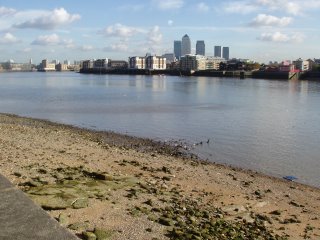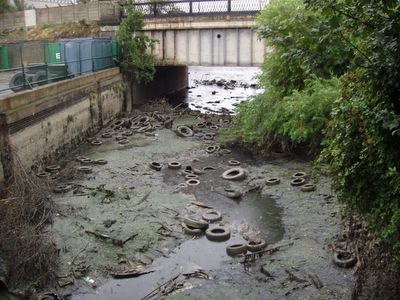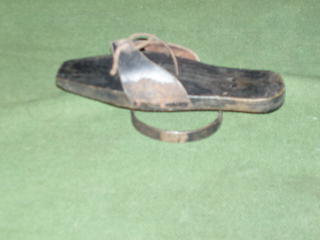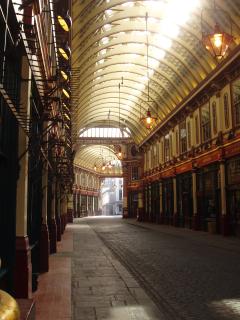
Captain William Kidd, the 17th century 'Privateer' who became a notorious pirate, came to an unceremonious end in Wapping. It happened at Execution Dock - so you know his fate!
It wasn't very nice either. Twice the hangman's rope snapped so it wasn't third time lucky for the pirate who had made his reputation in the Caribbean and strutted arrogantly around New York spending his wealth. Unfortunately, he took a gamble and refused to hand over some of his huge bounty to the English Crown - and that sealed his fate.
He was eventually sent back to London, tried and sentenced to death. His body was covered in tar, clamped in an iron cage and displayed on the riverside at Tilbury. It was a clear warning to other sea-farers not to change sides!
Not until the 20th century did some papers come to light which suggested that Kidd's argument and defence of his actions could have been valid. They were never heard at his trial and the rest, as they say, is history.
This is one of the stories you will hear on a LONDON FOOTSTEPS walking tour along the river path around the streets of Wapping, once an area alive with merchants, dockers, sailors but now the home for another kind of trader - city financiers who can afford the sky-high prices of apartments overlooking the river.
Why not find out more about LONDON FOOTSTEPS. http://www.londonfootsteps.co.uk










